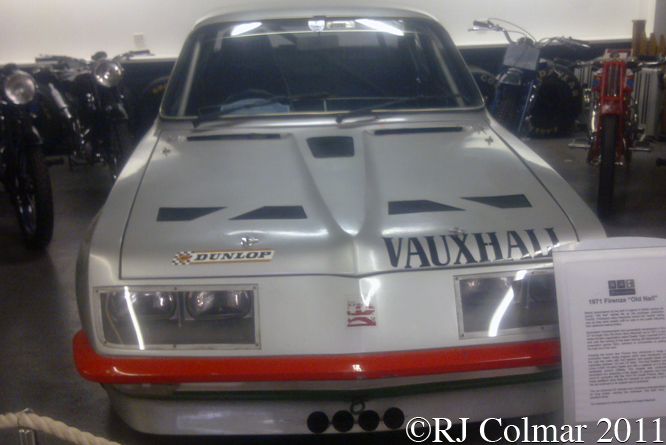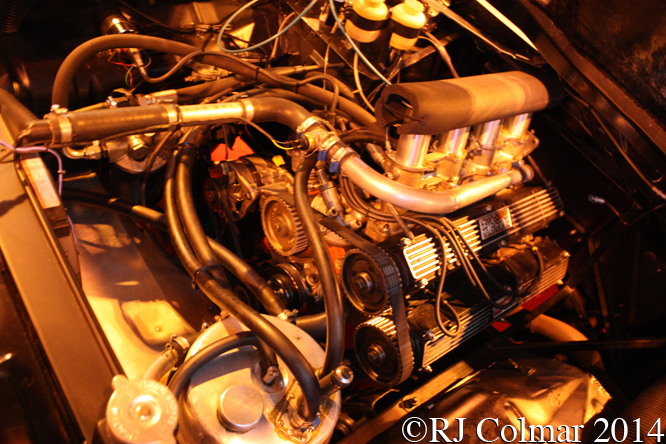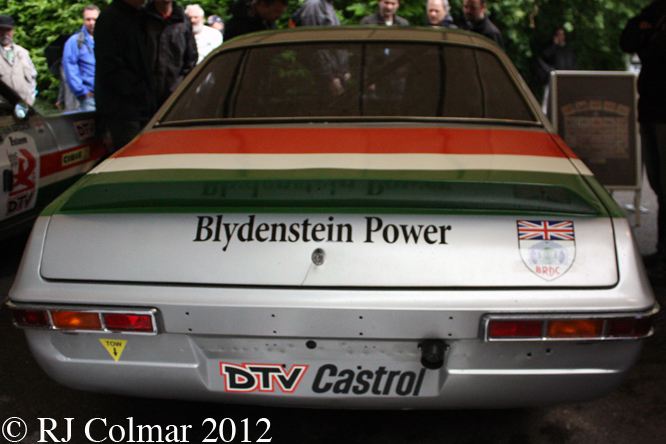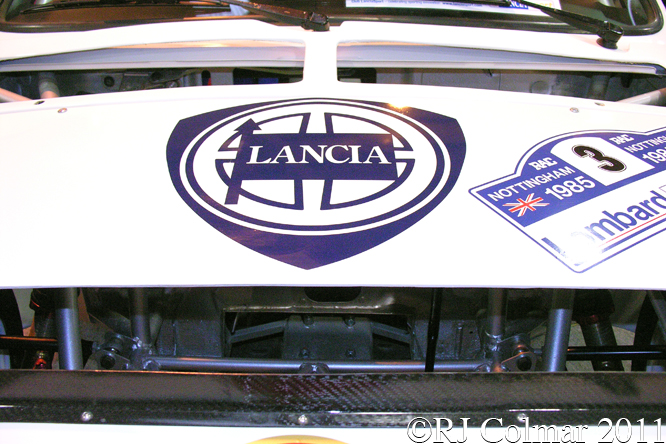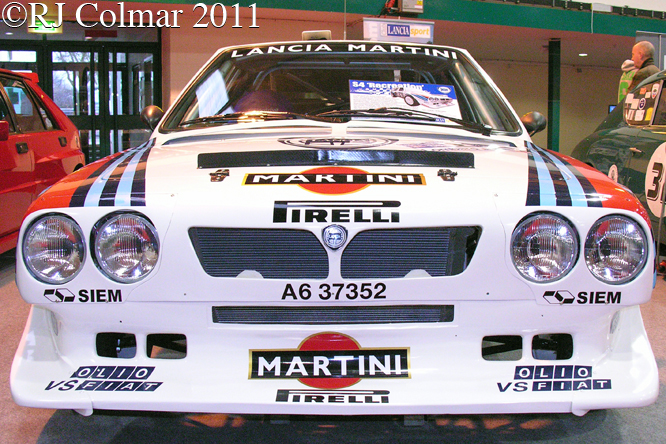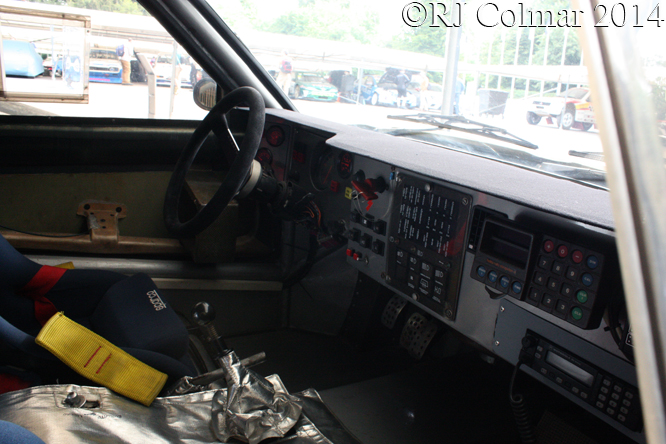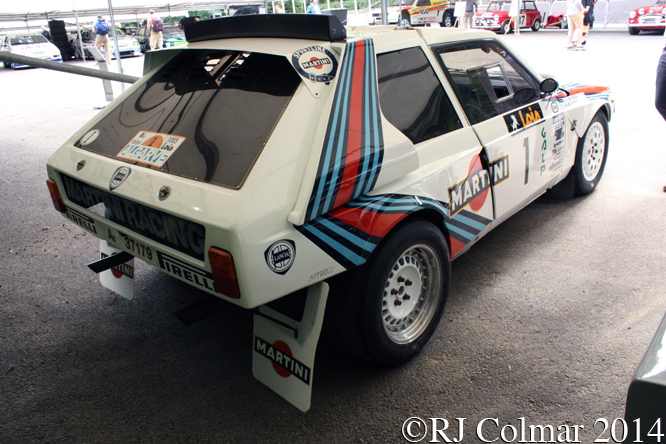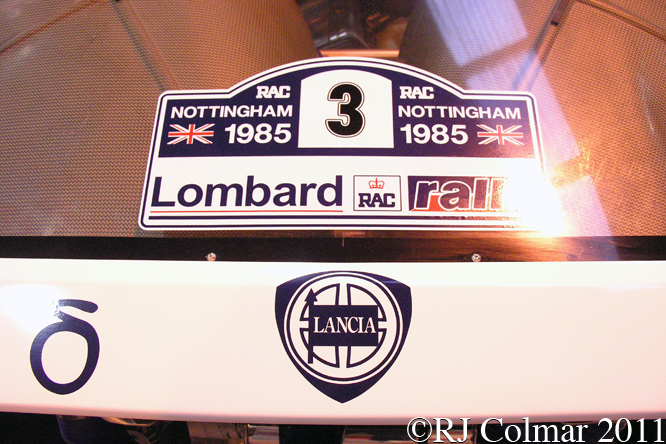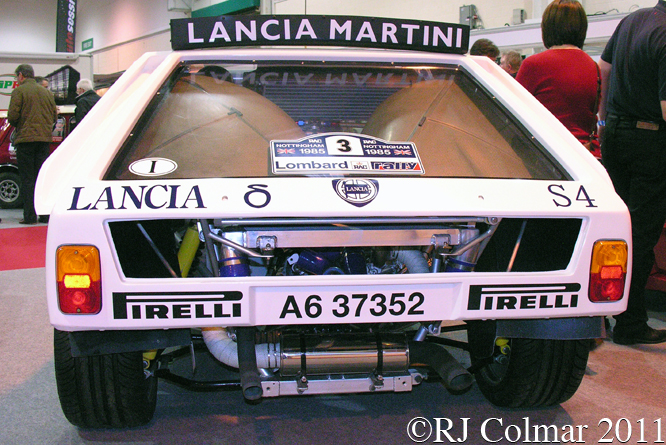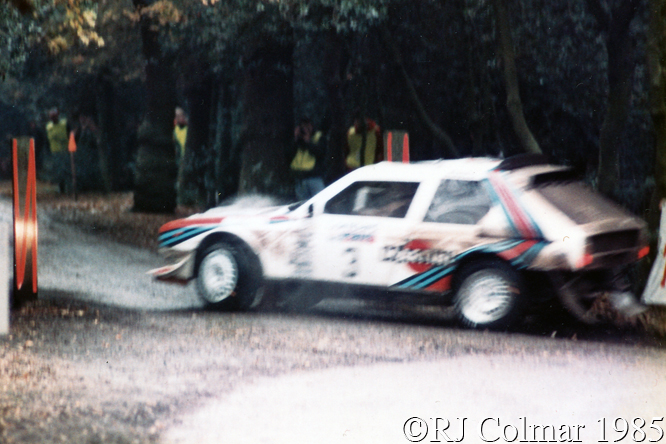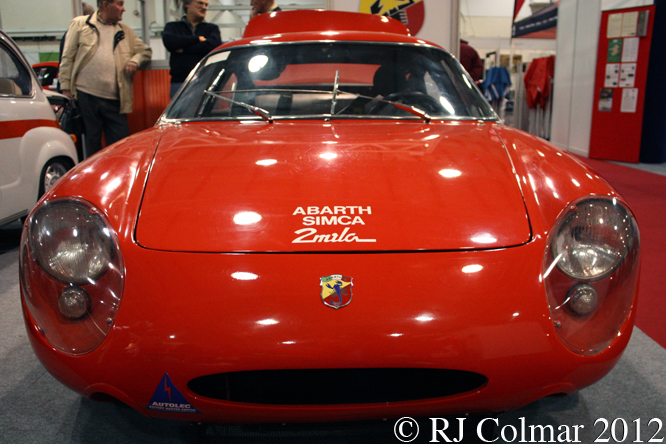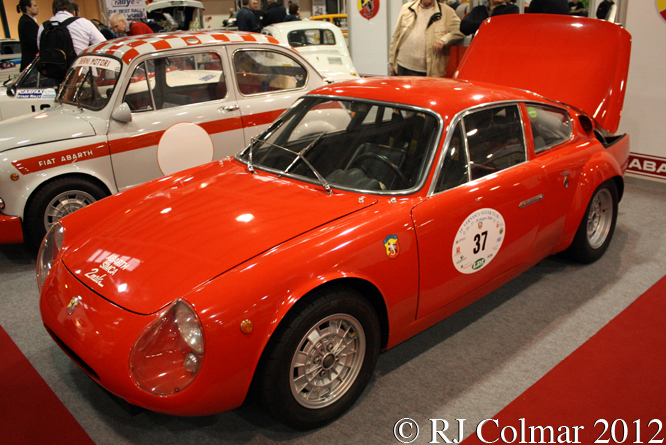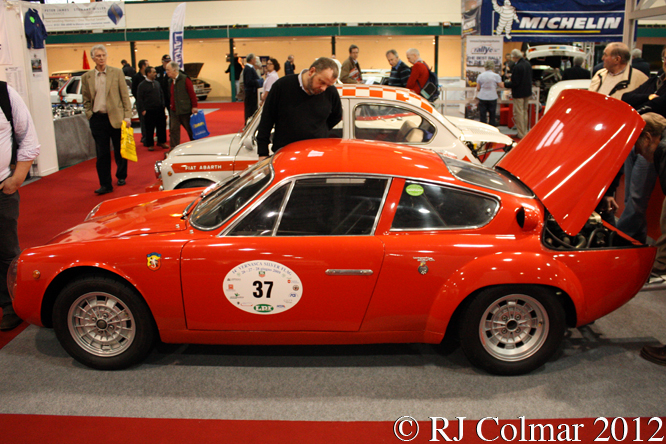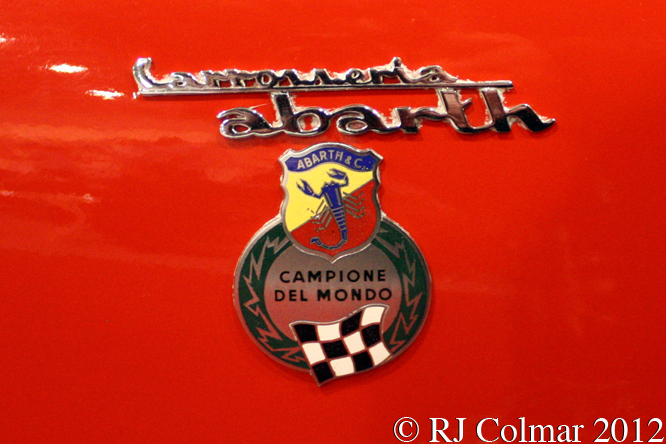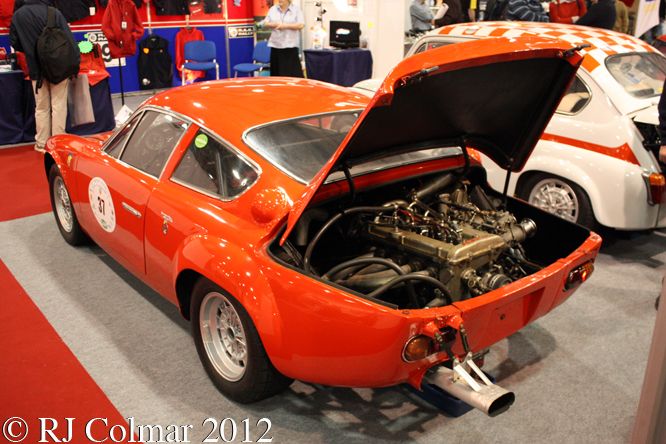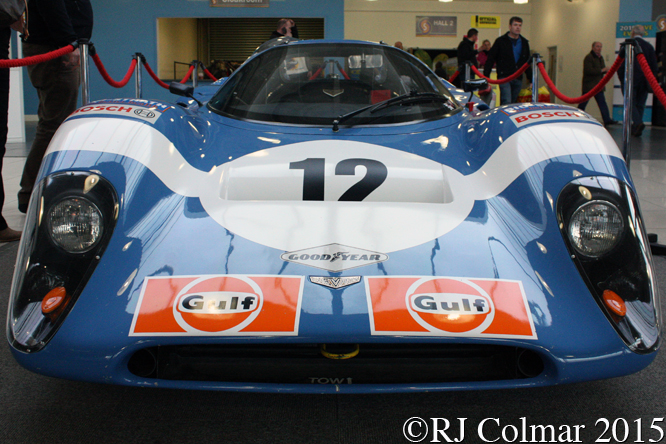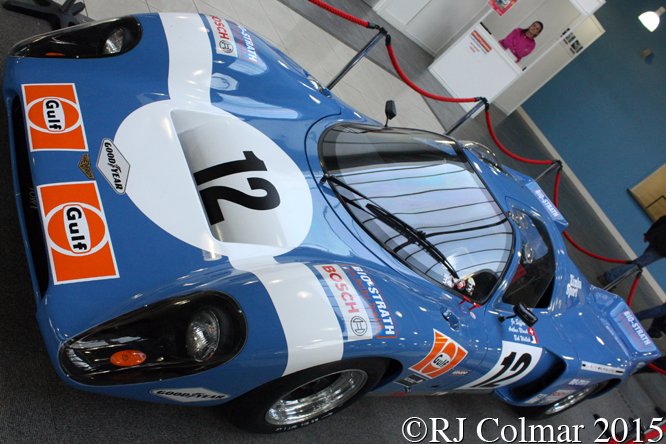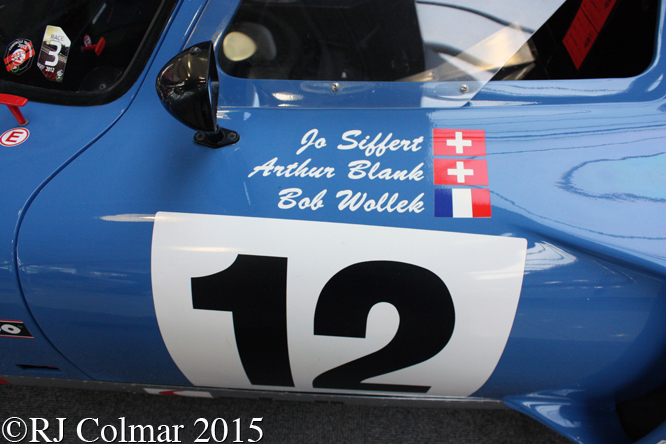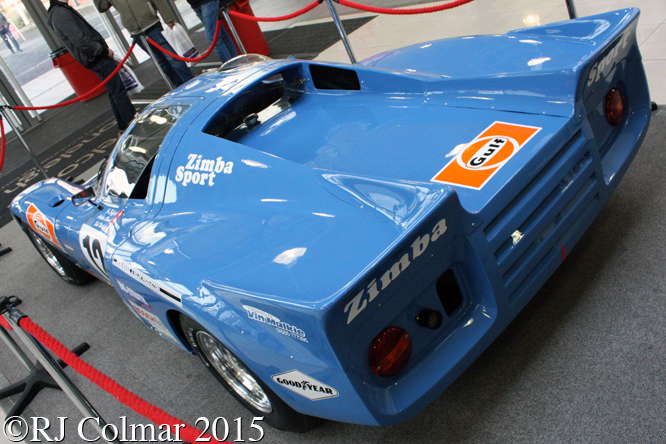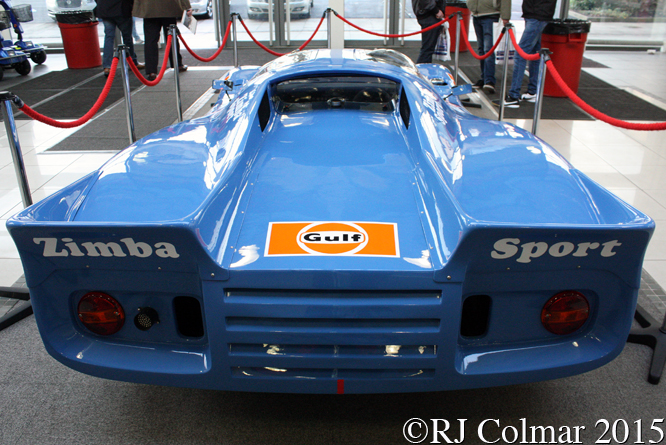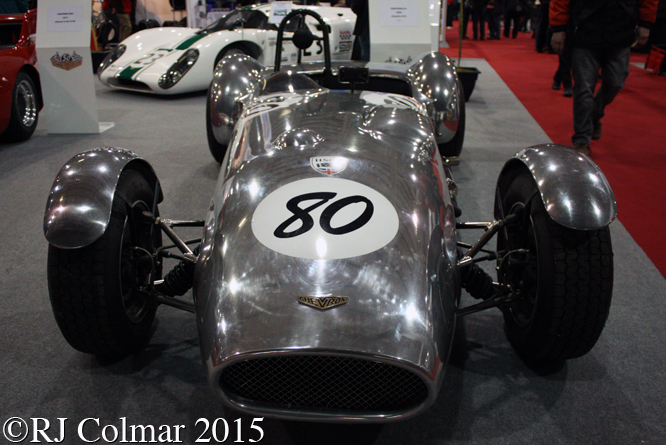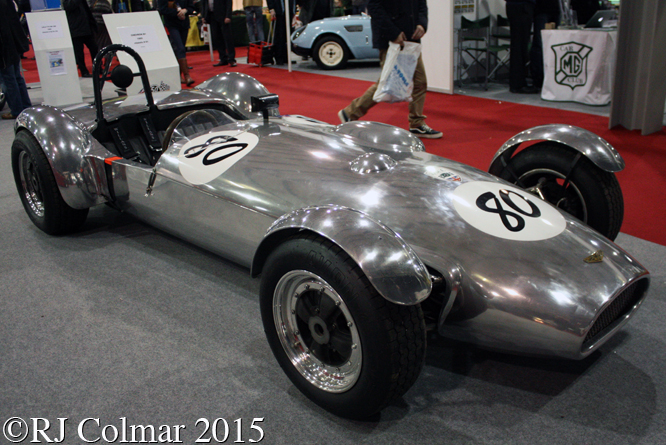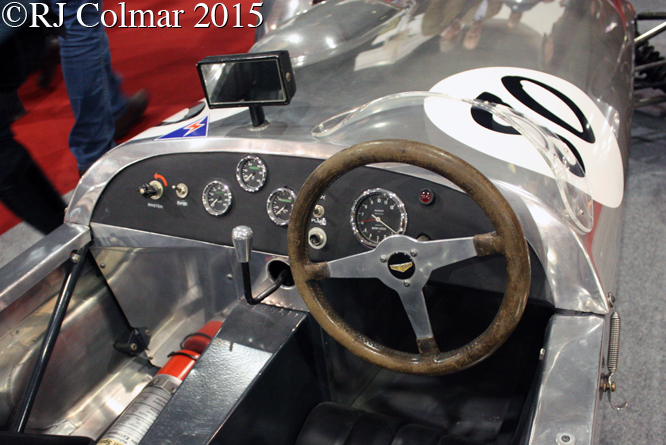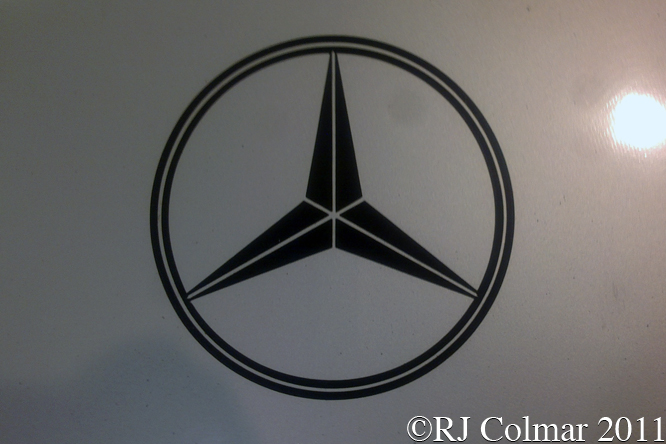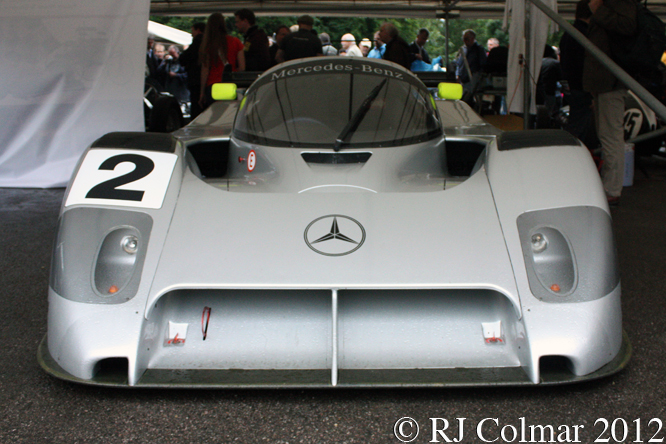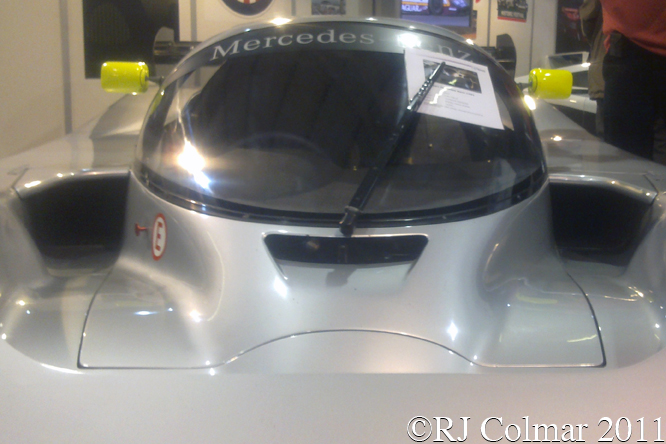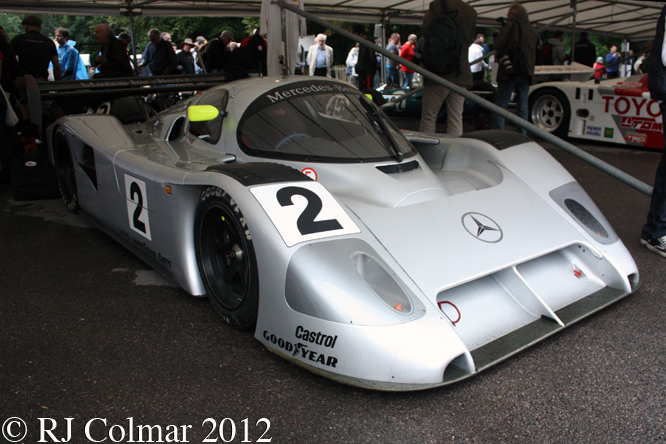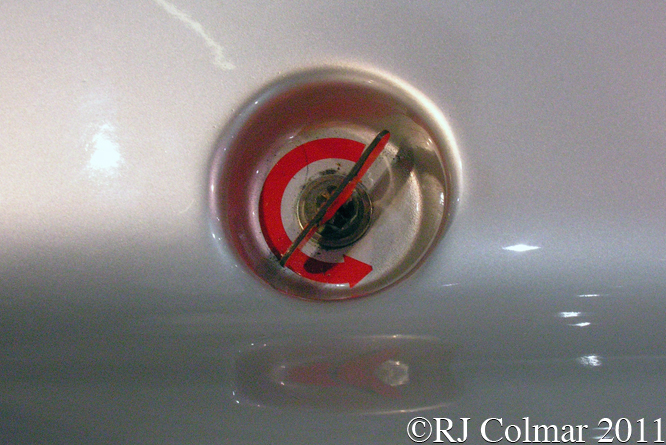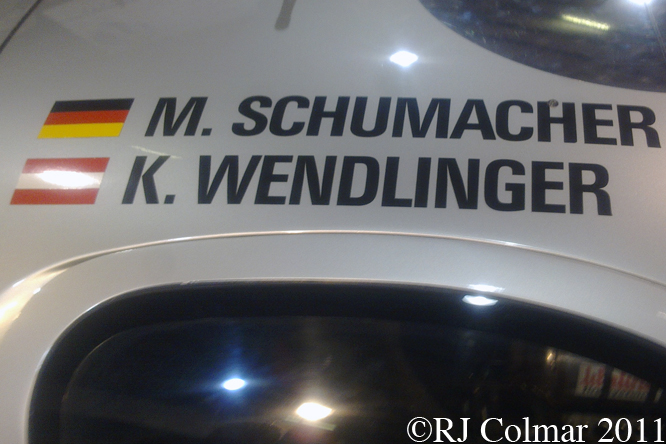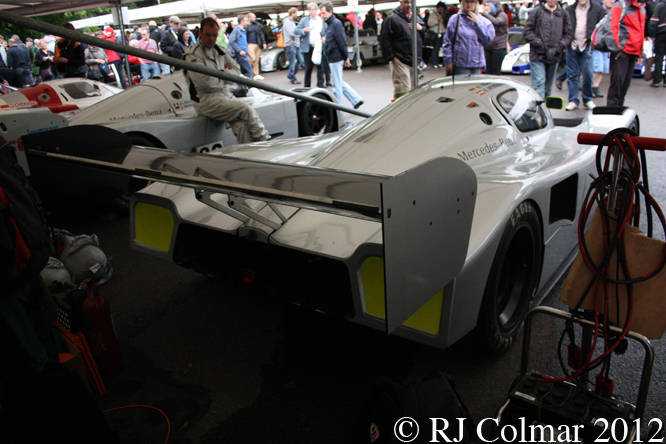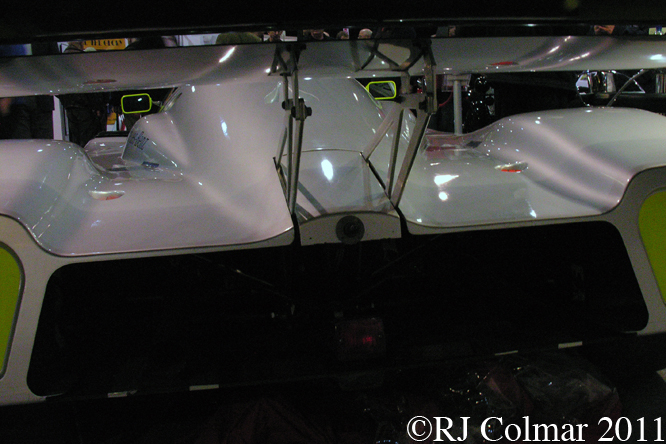After disposing of “Old Nail” at the end of 1974 Bill Blydenstein received funding from Dealer Team Vauxhall to create a new Super Saloon based on a 4 door Vauxhall Ventora saloon shell and fitted with a 476 hp 5 litre / 302 cui Repco tuned Holden V8, Borg Warner T10 gearbox, Salisbury Power Lock differential, AP racing disc drakes, double wishbone suspension on the front with 12″ x 15″ slicks and de Dion rear suspension with 15″ x 15″ slicks.
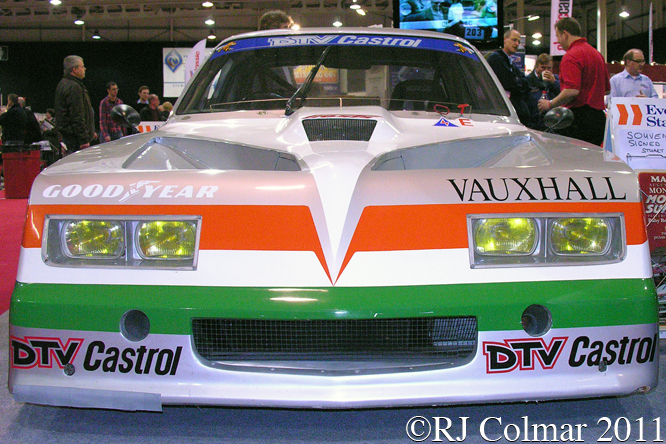
Driver Gerry Marshall soon dubbed the car Big Bertha and won three of the six races he started in the beast before it shed some brake pads and ended up in the Silverstone crash barriers, it’s meticulously built shell beyond repair.
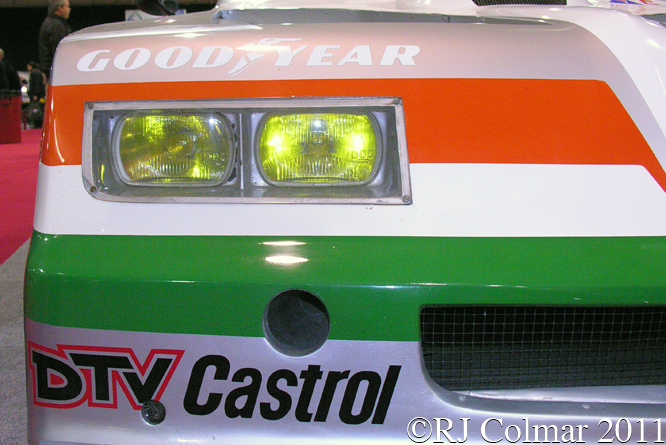
Vauxhall had second thoughts about offering a V8 Ventora to the public in light of the fuel crises, so Bill and DTV decided to build today’s featured Droop Snoot Firenza out of all the bits salvaged from the wrecked shell of Big Bertha.
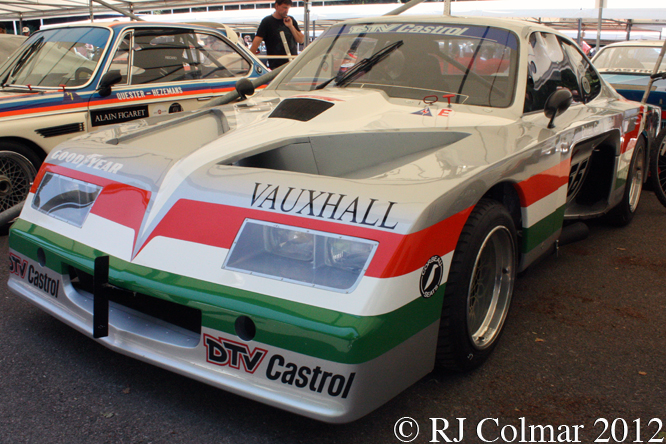
It was not long before the car became known as Baby Bertha and over the next three years Gerry raced the car in 40 events and won 37 of them, retired from 2 and was beaten only once by a cheeky little 270 hp Hillman Imp driven by Jonathon Buncombe that was built on a 1971 Chevron B19 sports car chassis and known as The Chimp, soon after it’s win The Chimp was effectively banned from Super Saloon events because of protests regarding it’s wheel base which was longer than the mandated standard Imp length.
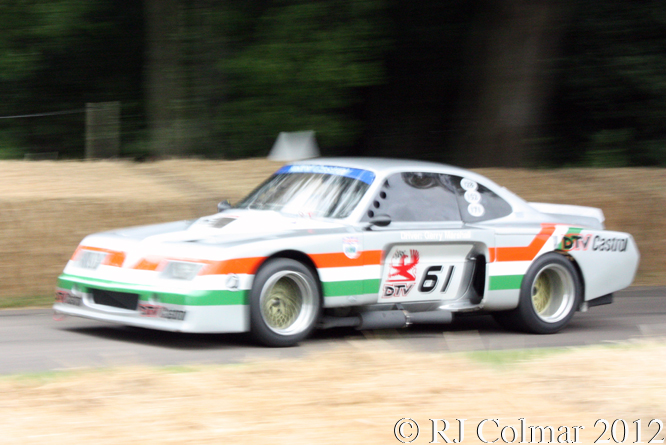
Paul Haywood-Halfpenny bought Baby Bertha in 1978 and had a disastrous season with it that he reckoned cost him £1,000 per lap, at a time when the average wage was only £5000.
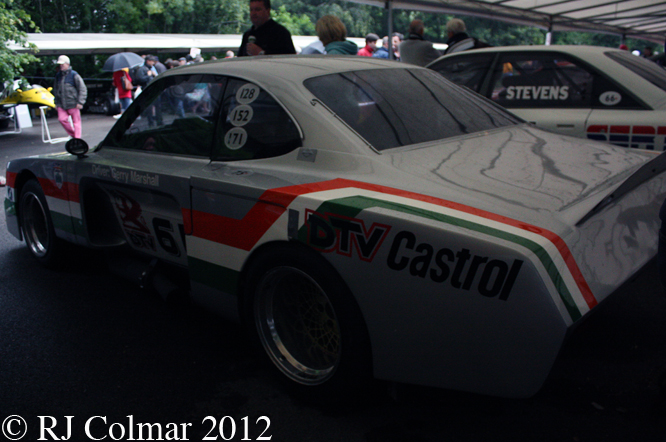
In the 1980’s current owner Joe Ward bought Baby Bertha after Gerry Marshall, among others, had owned it and raced it one more time to a second place finish at Thruxton. Joe’s son Piers is seen at the wheel in the photo above at Goodwood Festival of Speed.
Thanks for joining me on this “Baby Bertha” edition of “Gettin’ a li’l psycho on tyres” I hope you will join me again tomorrow. Don’t forget to come back now !


